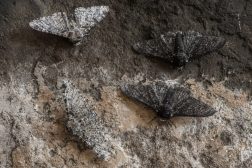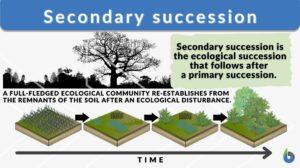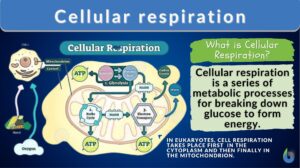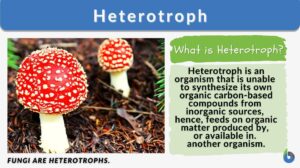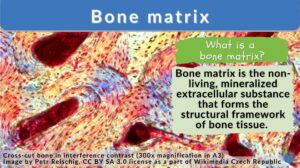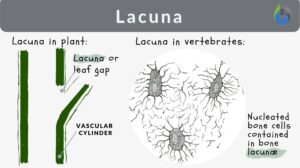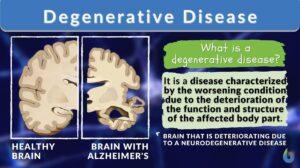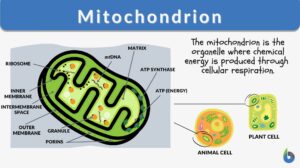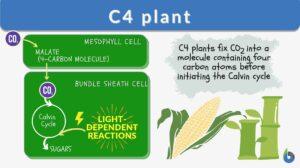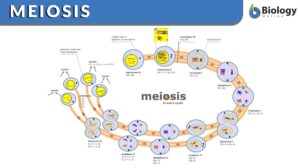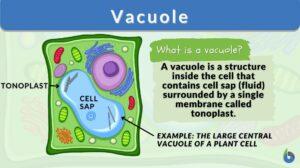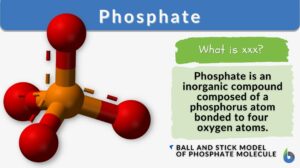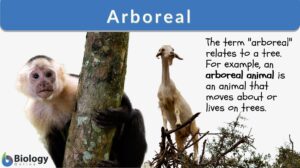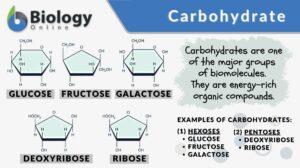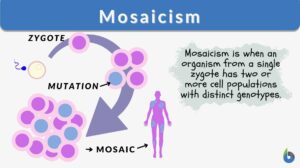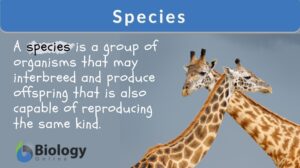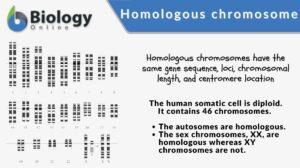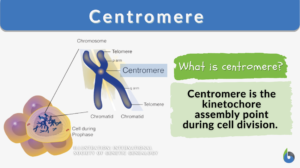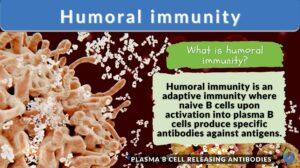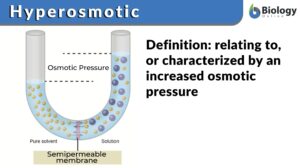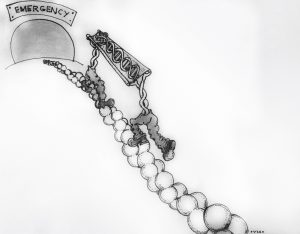Search Results for: prone
Examples of Natural Selection
Reviewed by: Mary Anne Clark, Ph.D. Darwin's Finches Darwin's finches are an excellent example of the way in... Read More
Susceptible
Resistance, vulnerability, sensitivity, tolerance, and susceptibility are some highly important terminologies across the... Read More
A Look Into Natural Selection and its Mechanisms
Charles Darwin is credited with outlining the fundamentals of evolution. He was a smart and eager pupil and protégé, and... Read More
Hemidesmosome
Definition noun, plural: hemidesmosomes A type of anchoring junction between neighboring cells forming a rivet-like links... Read More
Secondary succession
We all have come across news where forest lands got destroyed by wildfires. Or sometimes we have read about an entire... Read More
Cellular respiration
Cellular Respiration Definition What is cellular respiration in simple terms? Cellular respiration can be defined simply as... Read More
Sex-linked trait
Definition of Sex-Linked Traits A sex-linked trait is an observable characteristic of an organism that is influenced by the... Read More
Staphylococcus epidermidis
Definition Noun A gram-positive facultative bacterium that produced slime for adhesions associated with endocarditis and... Read More
Cell immobilization
Definition noun (biotechnology) A process wherein cells (animal or plant cells) are fixed in a suitable matrix and are used... Read More
Anchoring junction
Definition noun, plural: tight junctions A type of cell junction that is attached to components of the extracellular... Read More
Macula adherens
Definition noun A type of anchoring junction between neighboring cells forming a plaquelike site on the cell... Read More
Heterotroph
Heterotroph Definition What is a heterotroph? Does a heterotroph make its own food? In biology and ecology, a heterotroph... Read More
Bone matrix
Bone Matrix Definition Bone matrix refers to the matrix component of bone tissue. It provides the structural framework and... Read More
Anthroponosis
Definition noun, plural: anthroponoses An infectious disease that can be transmitted from a human host to an animal... Read More
Forest fire
Definition noun, plural: forest fires A wildfire that consumes a forest or a woodland Supplement A wildfire is a... Read More
Degenerative disease
Degenerative Disease Definition A degenerative disease is defined as a disease characterized by the worsening condition due... Read More
What is a species? Definition of species, different approaches
What is the definition of species? What does it take to be considered as a species? Ever since there has been an array of... Read More
Peripheral nervous system
Definition noun The part of the nervous system that relays between the central nervous system and the rest of the body,... Read More
Mitochondrion
Mitochondrion Definition What are mitochondria? The term “mitochondrion” comes from the two words of the Greek... Read More
Carbohydrate
Carbohydrate Definition A biomolecule refers to any molecule that is produced by living organisms. As such, most of them... Read More
Spontaneous transformation
spontaneous transformation transformation of a cultured cell that occurs without the deliberate addition of a transforming... Read More
Homologous chromosome
A homologous chromosome pertains to one of a pair of chromosomes with the same gene sequence, loci, chromosomal length, and... Read More
Centromere
Centromere Definition Centromere is defined as the point of attachment for the sister chromatids generated after DNA... Read More
Wagners syndrome
Definition noun (1) A degenerative condition of the vitreous and retinal parts of the eye, and may eventually lead to... Read More
Humoral immunity
Let’s get to know where one should place humoral immunity, the topic of today’s discussion!! By the end of the article,... Read More
Sos repair
SOS repair A system that repairs severely damaged bases in dNA by base excision and replacement, even if there is no... Read More
Hyperosmotic
Hyperosmotic Definition What is hyperosmotic? The word hyperosmotic is derived from two Greek words: 'hyper', meaning... Read More
How cell fixes DNA damage
DNA repair strategies DNA is crucial to life. It carries the fundamental blueprint for the proper functioning of a cell.... Read More
